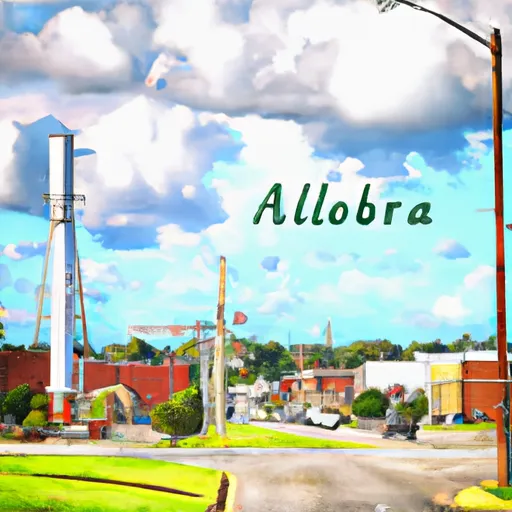°F
°F
mph
Windspeed
%
Humidity











Fulton, Alabama is a small town in Clarke County, situated on the banks of the Tombigbee River. The climate is classified as humid subtropical, with hot summers and mild winters. The area receives an average annual rainfall of 58 inches, with the wettest months being March and December. The Tombigbee River is the main hydrology constituent in the area, providing opportunities for boating, fishing, and other water sports. Outdoor recreation opportunities include hiking and camping at the nearby Choctaw National Wildlife Refuge, which offers a diverse range of habitats such as bottomland hardwood forests, wetlands, and cypress-tupelo swamps. The refuge is also a popular spot for birdwatching, with over 300 species of birds recorded.
Weather Forecast
Fulton receives approximately 1490mm of rain per year, with humidity levels near 81% and air temperatures averaging around 19°C. Fulton has a plant hardyness factor of 8, meaning plants and agriculture in this region tend to thrive here all year round.
Regional Streamflow Levels
711
Cubic Feet Per Second
148
Cubic Feet Per Second
657
Cubic Feet Per Second
1,720
Cubic Feet Per Second
Nearby Camping
| Camping Area | Reservations | Toilets | Showers |
|---|---|---|---|
| Belmont Park | |||
| Lock 5 | |||
| Isaac Creek | |||
| Damsite West Bank | |||
| Gulf State Park | |||
| Meaher State Park |



